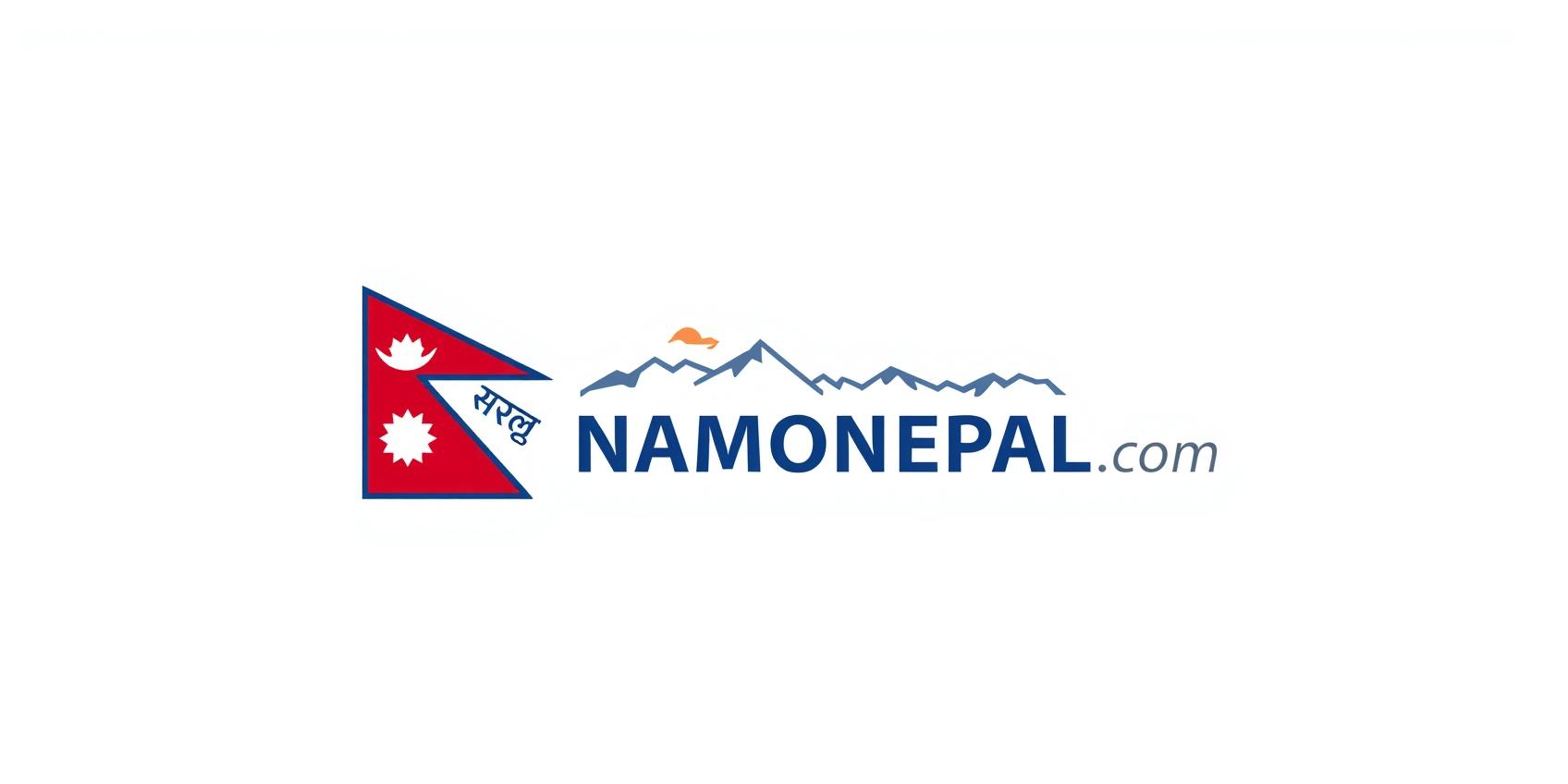Gokyo Lakes & Gokyo Ri Trek
Hidden Gem of the Everest Region
Discover pristine turquoise lakes, Sherpa culture, and panoramic views of Everest from Gokyo Ri.
Explore the Gokyo ValleyGokyo Lakes & Gokyo Ri Trek Highlights
Sacred Gokyo Lakes
Witness the chain of six pristine turquoise glacial lakes.
Gokyo Ri Panorama (5,357 m)
Unbeatable 360° views of Everest, Lhotse, Cho Oyu, and Makalu.
Peaceful & Serene
Escape the crowds with a quieter, more spiritual Everest trekking experience.
Ngozumpa Glacier
Trek alongside Nepal's largest glacier, a stunning natural wonder.
Suspension Bridges
Cross thrilling high bridges over the Dudh Koshi River.
Optional Cho La Pass
Combine with Everest Base Camp via a challenging but rewarding pass.
The Route: Journey Through the Gokyo Valley
The Gokyo Lakes & Gokyo Ri Trek begins with a scenic mountain flight from Kathmandu to Lukla, followed by a gradual ascent through Phakding, Namche Bazaar, Dole, Machhermo, and finally Gokyo Village. The route follows the Dudh Koshi River, winding through lush forests, yak pastures, and rugged glacial valleys. After reaching Gokyo, trekkers climb Gokyo Ri (5,357 m) — one of the best vantage points in the entire Everest region, offering panoramic views of four 8,000-meter peaks. Many choose to extend the journey by crossing the Cho La Pass to connect with the Everest Base Camp trail, making it an even more rewarding adventure.

Culture & Spiritual Significance
The Gokyo Valley is deeply spiritual, dotted with Buddhist stupas, monasteries, and prayer flags fluttering against snow-capped peaks. The Gokyo Lakes themselves are sacred to both Buddhists and Hindus, who believe the waters are blessed by mountain deities. Villages like Machhermo and Gokyo are home to warm and welcoming Sherpa communities who have preserved their culture for generations. Here, travelers can experience authentic Himalayan life — from spinning prayer wheels to sharing butter tea beside the hearth. The blend of spirituality and adventure makes this trek truly unique in Nepal.

Nature, Lakes & Panoramic Views
This trek’s highlight is undoubtedly the chain of Gokyo Lakes, a shimmering set of turquoise waters resting peacefully beneath towering Himalayan giants. These lakes, fed by the Ngozumpa Glacier (Nepal’s largest glacier), create surreal reflections of Cho Oyu and the Everest range. The climb to Gokyo Ri is the pinnacle of the journey — a short but steep ascent rewarded with a 360° panorama of Everest (8,848 m), Lhotse (8,516 m), Makalu (8,463 m), and Cho Oyu (8,188 m). Few spots in the Himalayas can match this view — it’s a scene of raw, untouched beauty that defines why Nepal is known as the land of the gods.

Food, Stays & Teahouse Experience
Despite its remoteness, the Gokyo trail offers comfortable teahouses where trekkers can rest and refuel after long days. The menus feature a mix of traditional Nepali meals (dal bhat) and western comfort foods like soups, pasta, and pancakes. Rooms are cozy but simple, often overlooking the valleys and glaciers. As you ascend, teahouses become smaller and more rustic, adding to the sense of adventure. In the evenings, you can gather around the wood stove with other travelers — sharing stories, laughter, and the warmth of Himalayan hospitality.
Best Time to Trek the Gokyo Lakes & Gokyo Ri
The best seasons for this trek are autumn (September–November) and spring (March–May). Autumn offers crisp air and clear skies — perfect for photography and high visibility. Spring brings colorful rhododendron blooms and pleasant temperatures. Winter (December–February) offers solitude and snow-covered landscapes, but colder conditions and occasional closures of higher lodges. Monsoon (June–August) is lush but less ideal due to slippery trails and cloud cover. For clear views of the lakes and peaks, October to mid-December is the best window.
Permits & Trekking Essentials
To trek to Gokyo Lakes and Gokyo Ri, you’ll need:
- Sagarmatha National Park Entry Permit
- Khumbu Pasang Lhamu Rural Municipality Permit
Frequently Asked Questions
1. How long is the Gokyo Lakes & Gokyo Ri Trek?
Typically 12–14 days, including acclimatization days in Namche and Gokyo Village for altitude adjustment.
2. How difficult is the trek?
The trek is moderate to challenging, with gradual ascents and one steep climb to Gokyo Ri. No technical climbing is required.
3. How high is Gokyo Ri?
Gokyo Ri stands at 5,357 meters (17,575 ft), offering one of the best panoramic views in the Everest region.
4. Are the Gokyo Lakes sacred?
Yes, the six Gokyo Lakes are sacred to both Buddhists and Hindus, who visit during Janai Purnima for ritual bathing.
5. Can I combine this trek with Everest Base Camp?
Absolutely! Many trekkers extend the route via Cho La Pass (5,420 m) to connect Gokyo Valley with the EBC trail for a more complete Everest adventure.
6. What kind of accommodation is available?
You’ll find teahouses and lodges along the route — clean, cozy, and serving warm meals with incredible views.
Ready to Discover Everest's Hidden Jewel?
Plan your adventure with Namo Nepal today — and discover the hidden jewel of the Everest region, where heaven truly meets the Himalayas.
Book Your Gokyo Trek